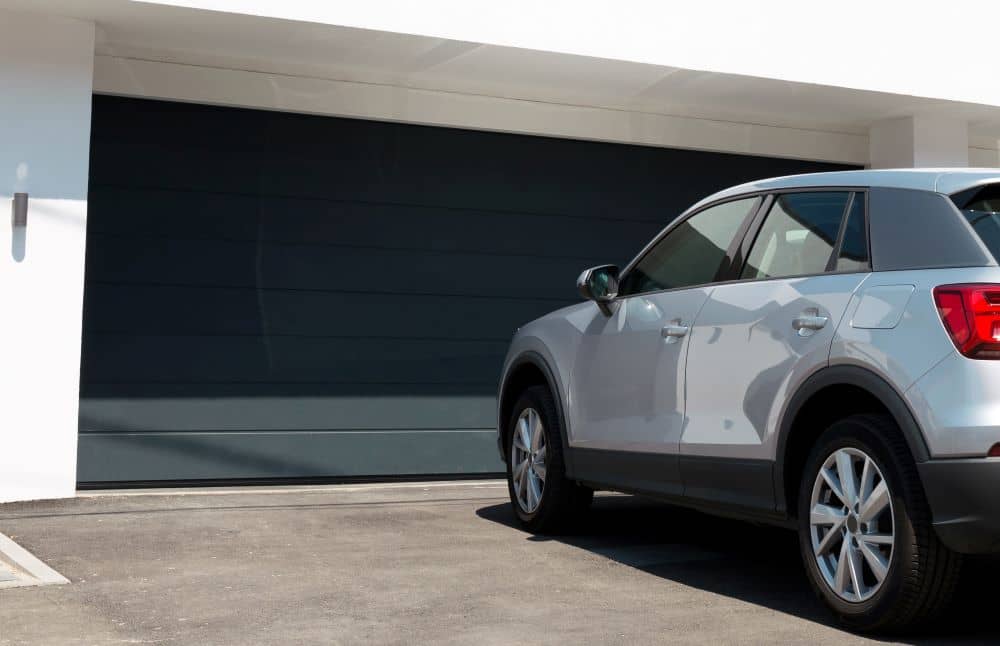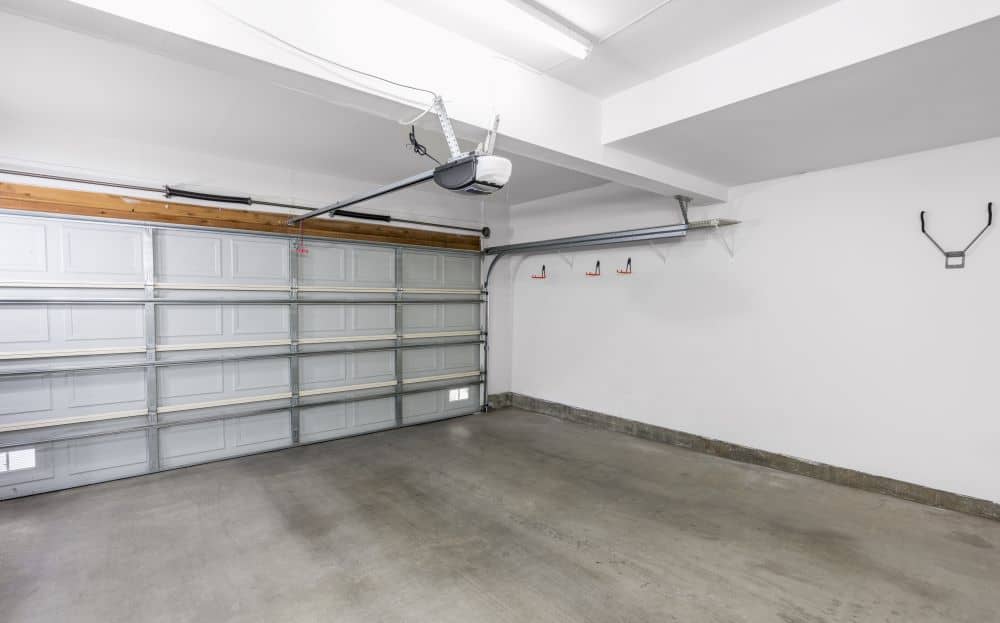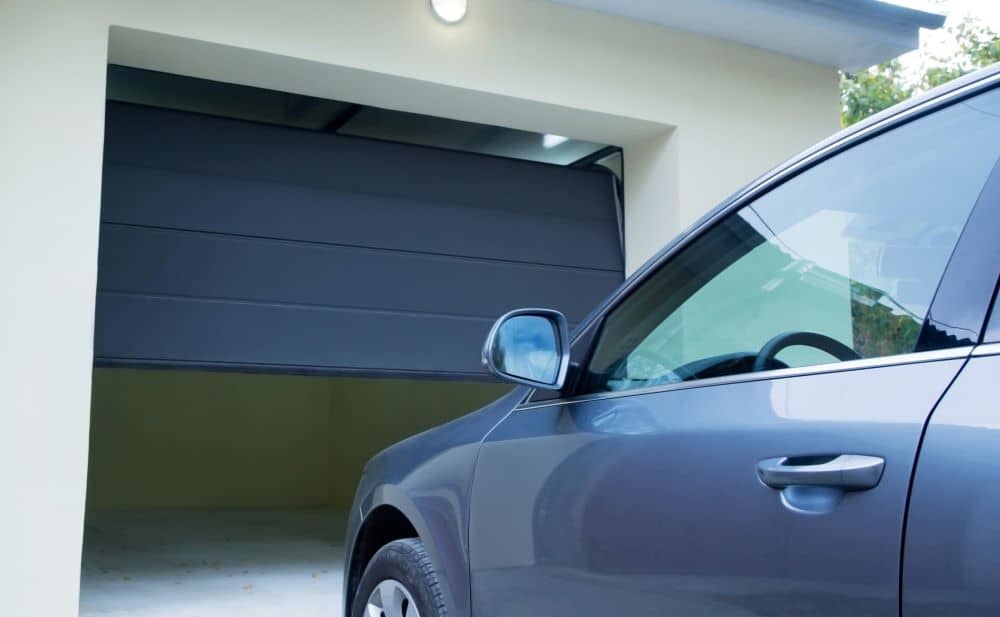When considering flooring for a new facility or replacing the existing flooring, you want to ensure that you go with the best. There are many flooring options available in the market, but concrete is one of the most preferred for commercial and residential properties.
Why Is It Better Than Epoxy?
Choosing between epoxy and concrete garage flooring is difficult because both of them have a range of benefits. Both of them require minimum maintenance, are durable, and are beautiful.
However, if you are looking for budget-friendly options, concrete is the best option for you. Some of the things that make concrete flooring better for your garage than epoxy include;
- Strength – A concrete floor can withstand pressure from heavy and big equipment in your garage like cars, stacked crates, or forklifts. It also does not get easily scratched by animal claws, furniture legs, or high heels.
- Durability – The process of installing and curing concrete gives it the strength to ensure that it lasts for many years without scratches or cracks.
- Easy maintenance – Concrete is easy and cheap to maintain because of the wax sealant used at the end of the process. You do not need to resurface it often to replace the flooring because of cracks and scratches.
- Budget-friendly – If you are looking for a flooring option for your garage that fits your budget, concrete is the best. It is cheap both to buy the material and install the flooring.
- Environmentally friendly – Concrete does not use a lot of energy to produce and install. It also does not deplete a lot of natural resources because you can use current concrete substrates, which means that you do not have to use additional elements. During production, concrete floors do not require any harmful VOCs and ensure good air quality because they prevent mildew, mould, and bad smells from accumulating.
- You can have heated floors – Concrete floors can be cold at times, but you can add radiant underfloor heating by installing hot water tubes or electrical cables under the slabs.
Polished Vs. Standard Grey Concrete
There are different types of concrete flooring that you can use for your garage flooring, but you need to determine your budget and the finish that you want. However, the most common options are polished concrete and standard grey concrete.
Both of them have the same advantages of being strong and durable and having low maintenance needs. However, polished concrete is becoming popular for people who want to make their space more beautiful, especially because of the range of finishes, styles, and colours that it comes with.
With a polished concrete garage floor, you can choose different designs, clarity of reflection, aggregate exposure, and different colours or patterns to finish off the colour. That way, you can use it as a way to decorate your garage floor.
You can also choose the gloss level you want, whether you want a matte finish or a glossy finish, depending on the amount of sealant used.
When colouring the polished concrete, the people installing it can add colour when pouring the concrete or during the polishing phase. All that depends on how you want the colour to show on the finished flooring and the most environmentally friendly method.
However, if you want a clean, strong, and simple garage floor, standard grey concrete is the best to go with. That is because, with standard grey concrete flooring, you only get one colour, grey. However, you can add a glossy finish by adding sealant to it to prevent water damage and staining.
Also, unlike polished concrete, standard grey concrete is more prone to cracks and scratches over time.
Process Of Installing Polished Concrete
The installation process and how well the installers execute it will determine how good your concrete garage floor will look and how long it will last. The basic steps of the installation process are;
- Prepping – First, the installers have to ensure that they remove the old floor coatings. They also have to mark out the area where they will be installing the flooring.
- Treatment – To eliminate all the pores and gaps from the concrete, the contractors will use a chemical densifier to treat the flooring material. The chemical causes a reaction that creates a hard and durable flooring surface.
- Grinding – Using a polishing machine with fine diamond grits, the contractors will grind the concrete floor to help bring out the shine and smoothness. If you want a smoother and shinier result, they will use finer diamond grits.
- Patching – This step helps achieve a smoother surface. The contractor applies a densifier and hardener to reinforce the floor. They keep grinding while gradually increasing the grit.
- Polishing – Using resin discs, the contractors polish the floor using grit from 200-800. If you choose to, the contractor will add concrete staining. To achieve maximum polish, the contractor uses 1,500 or 3,000 grit diamond pads.
- Sealing – This is the last but most important step, where the contractor adds a water and oil repellant on the floor’s surface. They can also add a stain guard. These layers help protect the floor from stains and water damage.
How To Protect Polished Concrete Garage Flooring
While polished concrete garage flooring requires little maintenance, you still have to take good care of it to ensure that it maintains its shine and a new look for a long time. Some of the things you can do to keep it in the best shape include;
- Avoid using harsh chemicals on the floor like bleach, caustic or acidic cleaners, and detergents with sulphates or hydroxides. Those chemicals could make the floor look pale.
- Don’t use hard brushes to clean the floor as that could leave scratches and marks on the floor and erode the sealant.
- Always clean off any stains or spills as soon as you notice them on the floor.
- Always dry mop high traffic areas to remove any dirt and dust because if left for a long time, it could damage the surface and make it look dull.
- Always use clean water to wash the floor and use a mild cleaning solution. When using a cleaning solution, give it enough time to stay on the surface to break down the dirt.








